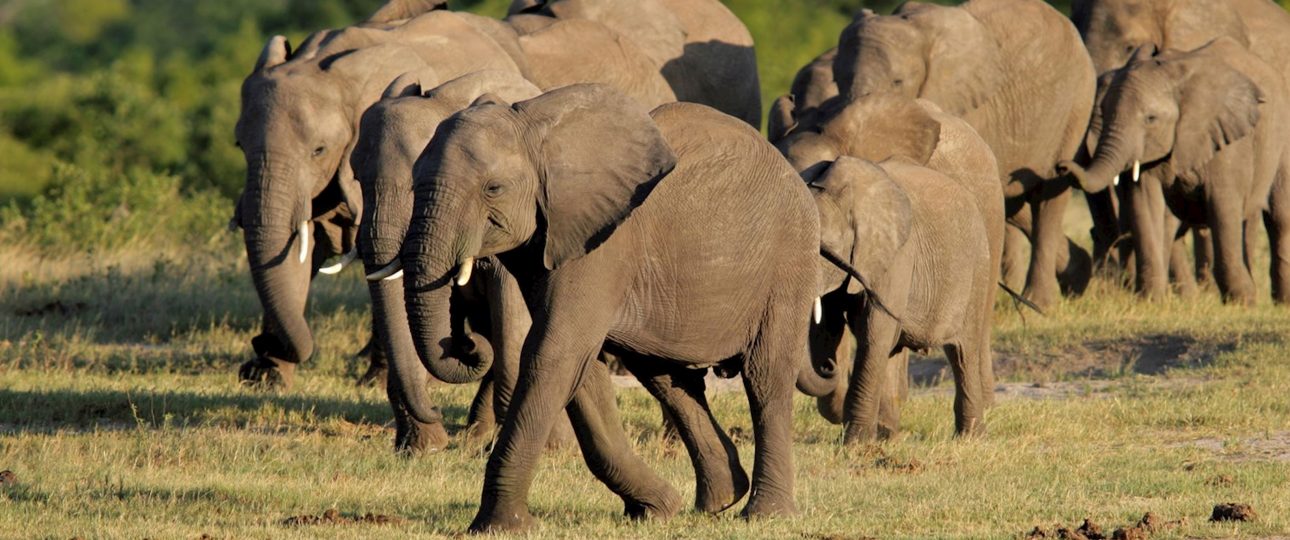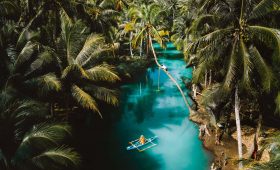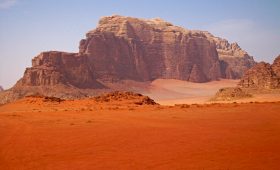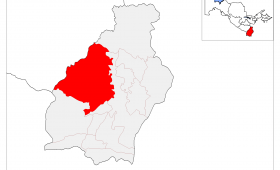Matusadona National Park: Exploring Zimbabwe’s Wilderness
Why Visit Matusadona National Park?
Matusadona National Park, located on the shores of Lake Kariba in Zimbabwe, offers a unique blend of landscapes and wildlife. Covering 1,400 square kilometers, the park features flat plains, rugged mountains, and dense forests. This diverse environment supports a wide range of animal species, making it an ideal destination for wildlife enthusiasts and photographers.
Wildlife Highlights
While Matusadona is home to a variety of wildlife, it’s particularly known for its populations of elephants and Cape buffalo, which thrive due to the grazing available on the lakeshore. The park also hosts predators like lions and leopards, although the lion population has faced challenges due to ecological changes. Other mammals you might encounter include warthogs, greater kudu, and bushbuck. The park is also an Intensive Protection Zone for relocated rhinoceros.
Scenic Landscapes
The park’s landscapes are as varied as its wildlife. The escarpment rises 700 meters, offering dramatic views and challenging terrain. The floor of the Zambezi Valley features thick jesse and mopane woodlands, while the shoreline of Lake Kariba is lined with grasslands that attract large grazers. These diverse habitats provide ample opportunities for exploration and photography.
Best Time to Visit
The dry season, from May to October, is the best time to visit Matusadona National Park for wildlife viewing. During this period, the sparse vegetation makes it easier to spot animals, and the milder temperatures are ideal for outdoor activities. For birdwatchers, the wet season from November to April brings migratory birds to the park, offering a different kind of wildlife experience.
Getting There
Accessing Matusadona National Park can be an adventure. Most visitors fly into Harare, Zimbabwe’s capital, and then take a domestic flight to Kariba Airport. From Kariba, you can hire a car or take a taxi to the park. Alternatively, a boat trip from Kariba across Lake Kariba provides a scenic approach to the park. Note that road access is limited and can be challenging, especially during the rainy season.
Local Transportation
Once in the park, exploring by safari vehicle or boat is recommended. Many lodges offer guided tours and game drives, allowing you to get close to the wildlife. Walking safaris are also available, providing a more intimate experience of the park’s natural beauty. Booking these activities in advance is advisable to ensure availability.
Accommodation Options
Accommodation in Matusadona National Park ranges from campsites to exclusive lodges. Tashinga Camp, Sanyati Camp, and Changachirere Camp offer camping facilities, while undeveloped bush camps at Jenje and Kanjedza provide a more rustic experience. For those seeking exclusivity, campsites at Ume, Muuyu, Mbalabala, Maronga, and Kautsiga offer a more private setting. Booking ahead is essential, especially during peak seasons.
Considerations
While Matusadona offers incredible wildlife and landscapes, it’s important to be aware of its challenges. The park’s remote location and limited infrastructure mean that visitors should be prepared for basic facilities and potentially difficult travel conditions. Additionally, the lion population is low, and conservation efforts are ongoing to address ecological and human-induced pressures.
With its rich biodiversity and stunning scenery, Matusadona National Park is a rewarding destination for those willing to venture off the beaten path. Pack your camera, binoculars, and a sense of adventure for an unforgettable journey into Zimbabwe’s wilderness.




